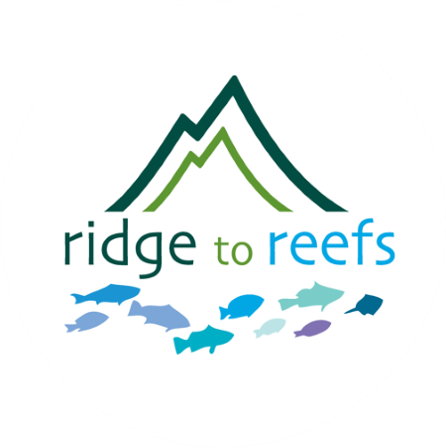Low Impact Development Integration, St. Mary’s River Watershed, Maryland, USA
Development designs with low impacts to the watershed
Project Summary
More than 17,000 residents are projected to move to the St. Mary’s River watershed in the next ten to fifteen years. This development represents enormous potential stress on the watershed. With low impact development (LID) development and design these impacts can be greatly mitigated. By promoting LID with home developers and home buyers, the St. Mary’s River can maintain its status as a healthy river. Without LID efforts, the watershed could experience local water quality stress and become a contributor of sediment and pollutants to the Chesapeake Bay. Ridge to Reefs is working with local developers to design and promote methods for encouraging low impact development targeted to the areas of projected population growth.
Problem
The St. Mary's River watershed in southern Maryland is experiencing tremendous growth. Over 17,000 additional residents are anticipated in the watershed over the next 10-15 years. If the development is not constructed to minimize its impact on the river, this relatively healthy ecosystem will be greatly impacted. Despite Maryland having Low Impact Development (LID) stormwater regulations, most of the development in St. Mary's County will occur under older the older regulations that these subdivisions were permitted.
Solution
The St. Mary’s River Watershed can be protected by engaging in low impact development. This can be achieved by working with the development community and homeowners. Developers can minimize construction impacts including sediment runoff and increased impermeable surfaces. Creating and marketing Low Impact Development (LID) products that honors attractive design elements and functions can also help homeowners to safeguard the river.
Implementation
St. Mary’s River Watershed Association (SMRWA) and Ridge to Reefs have partnered with the two most active developers in the watershed to more fully integrate LID/green infrastructure practices and educational aspects into two model homes. Using additional Chesapeake Bay Trust funds we have worked with home builders to determine the barriers and benefits to the integration of LID/green infrastructure. Using a survey instrument we have measured the perceptions and receptiveness of homebuyers to LID and low input lawn care practices, as well as their willingness to pay for LID and the barriers and benefits that homebuyers see for themselves. This portion of the project was assisted by social psychologists who specialize in behavior change, surveying attitudes and behaviors, and marketing from St. Mary’s College and University of Illinois.
Outcomes
We determined the type and extent of LID practices ideal to install, homeowner’s willingness to pay, factors that affect uptake of LID practices, and best messaging and marketing approaches for developers and realtors to utilize within target neighborhoods. We also learned key lessons on best construction practices for LID working with developers to integrate these practices during the construction process.
In the next phase of the project, we propose to: 1) work with Marrick Homes on a redesign and cost/ benefit analysis of LID integration, 2) refine marketing techniques and plan for the full integration of LID into a development in the Elizabeth Hills subdivision, 3) Work with Marrick Homes on the integration of LID practices into a next phase of development.
Funders and Partners St. Mary’s River Watershed Association (SMRWA), Marrick Homes, LID Studio
















